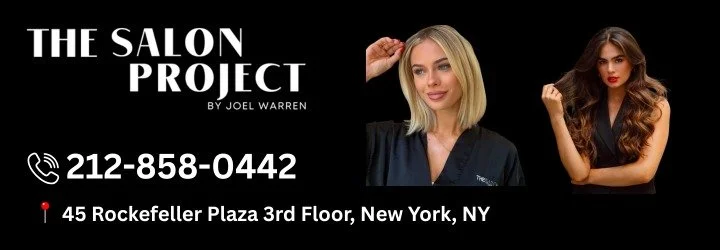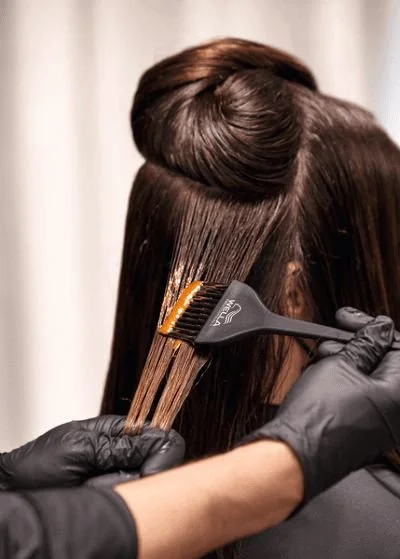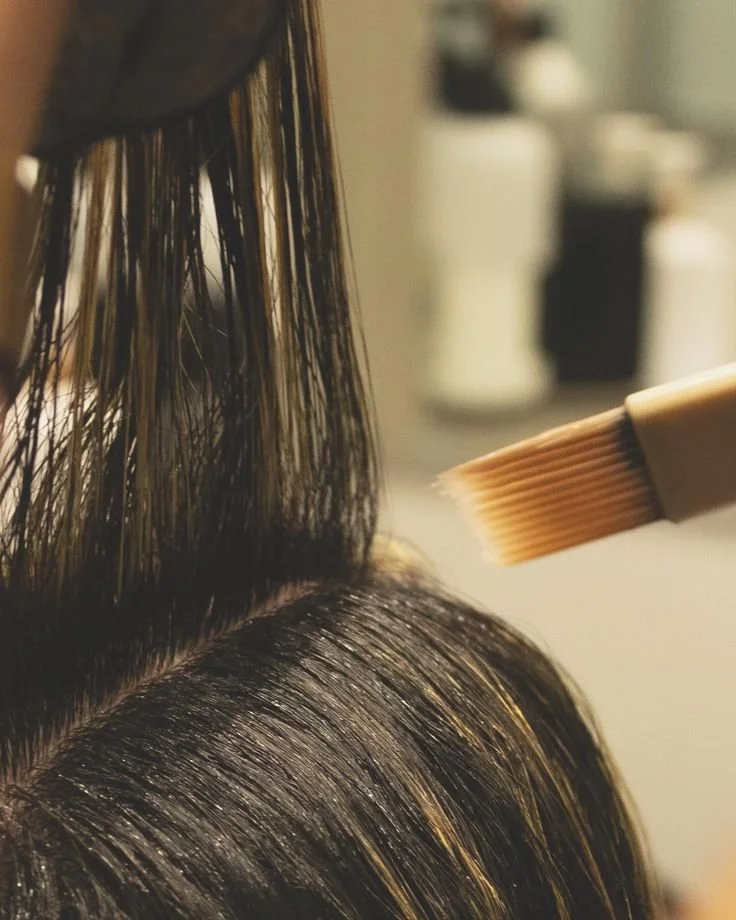Color Correction in Midtown: When to Fix Brass, Bands, and Breakage
Color Correction in Midtown has become one of the most sought-after salon services for individuals looking to rescue their hair from unwanted tones, uneven results, or damage. Whether it’s brassiness, color banding, or breakage, professionals in the heart of New York City are known for turning hair disasters into stunning transformations. But what exactly does color correction involve, and when should you consider it?
Understanding What Color Correction Really Means
Color correction isn’t just a single process—it’s a tailored strategy to fix mistakes, restore balance, and achieve the desired shade and tone. It goes beyond applying another layer of dye. Instead, it may involve multiple steps such as:
Neutralizing brassy or orange tones with toners or glosses.
Correcting color bands caused by uneven application.
Gradually lightening over-processed areas instead of rushing the process.
Strengthening the hair with treatments before and after the coloring session.
In Midtown, where busy professionals and trendsetters often experiment with bold looks, color correction is essential to maintain polished, salon-worthy hair.
When Brass Becomes a Problem
One of the most common reasons people book color correction in Midtown is to address brassiness. Brass occurs when warm undertones, usually orange or yellow, start showing through blonde or lightened hair. This can happen due to several reasons:
Using the wrong toner or not toning at all.
Environmental exposure, like UV rays or hard water.
Incomplete lifting of dark pigment during bleaching.
Midtown stylists often use professional-grade toners, violet shampoos, or gloss treatments to restore cool, ash, or platinum tones. Clients are also educated on maintenance strategies, such as using sulfate-free products and scheduling touch-ups.
Tackling Color Bands
Another challenge is color banding, which occurs when overlapping dye applications create stripes or uneven patches of color. This is often the result of at-home box dyes or rushed salon jobs. Bands can make hair look patchy and unrefined, which is particularly noticeable under bright lighting—something Midtown professionals and socialites encounter daily.
Correcting bands usually requires a skilled stylist to carefully strip and reapply color, sometimes in multiple sessions. The goal is to create seamless transitions from root to tip. Patience is critical here, as rushing the process can lead to even more noticeable mistakes.
Managing Breakage Before It Spreads
While brass and bands affect the look of hair, breakage affects its health. Over-bleaching, frequent chemical processing, and excessive heat styling all contribute to brittle, fragile strands. Midtown colorists recognize that no shade looks good on hair that’s breaking off.
Color correction in these cases may involve a combination of protein treatments, bond-building formulas like Olaplex, and strategic cutting of split ends. Sometimes, the best corrective action is a staged approach—restoring health first, then working on the color.
Why Midtown is the Hub for Color Correction
Midtown Manhattan has earned its reputation as a beauty destination, not only because of its high-end salons but also due to its expert stylists who handle some of the toughest cases. The area caters to a diverse clientele: executives needing professional looks, influencers chasing trends, and visitors hoping for a fresh start.
Stylists here often stay ahead of global color trends and invest in advanced training. This means clients can expect not only technical precision but also personalized solutions that reflect their lifestyle, skin tone, and preferences.
The Process of a Color Correction Appointment
Booking a color correction in Midtown isn’t like a typical salon visit. It usually starts with a detailed consultation where the stylist assesses the current state of your hair, discusses your goals, and explains the steps required. Common phases include:
Consultation and Strand Test – Ensuring hair can withstand further chemical processes.
Pre-Treatments – Applying protective masks or bond builders before color.
Gradual Correction – Layering toners, lighteners, or dyes to neutralize or adjust tones.
Restorative Care – Following up with treatments that lock in moisture and repair structure.
Because every head of hair is different, correction can take multiple sessions. Clients are encouraged to trust the process rather than expect an overnight miracle.
How to Know If You Need Color Correction
Should you book a color correction in Midtown? If you notice any of the following, the answer is likely yes:
Persistent brassiness despite using toning shampoos.
Harsh lines or patches where color looks uneven.
Excessive dryness or breakage after a color service.
A result that looks nothing like what you originally asked for.
It’s important not to panic or attempt another box dye fix, as this usually worsens the situation. Instead, consult a professional who specializes in corrective services.
Maintenance Tips After Correction
Once your color correction is complete, maintaining the results is just as important. Midtown stylists recommend a routine that includes:
Using color-safe, sulfate-free shampoos.
Incorporating purple or blue shampoos if battling brass.
Limiting heat styling and always applying a heat protectant.
Scheduling trims and treatments regularly.
Returning for professional toning or gloss sessions every few weeks.
Consistent care ensures the corrected color lasts longer and your hair remains strong.
Why Professional Correction is Worth the Investment
Some may hesitate at the cost of color correction in Midtown, as it tends to be more expensive than a standard coloring session. However, the results justify the investment. A skilled colorist not only fixes immediate issues but also prevents long-term damage. This means fewer salon visits down the line and healthier hair overall.
Trying to cut corners with at-home fixes often results in more damage and higher corrective costs later. Investing in professional services ensures your hair looks polished, healthy, and confidence-boosting.
Final Thoughts
Color correction in Midtown is more than a trend—it’s a lifesaver for anyone struggling with brassiness, banding, or breakage. Skilled stylists in the area bring both artistry and science to the process, ensuring every client leaves with hair that not only looks beautiful but also feels healthy.
If you’ve ever left a salon disappointed or tried a box dye that didn’t go as planned, remember that correction is possible. With the right expert, patience, and aftercare, your hair can make a complete comeback—turning frustration into confidence, one strand at a time.




